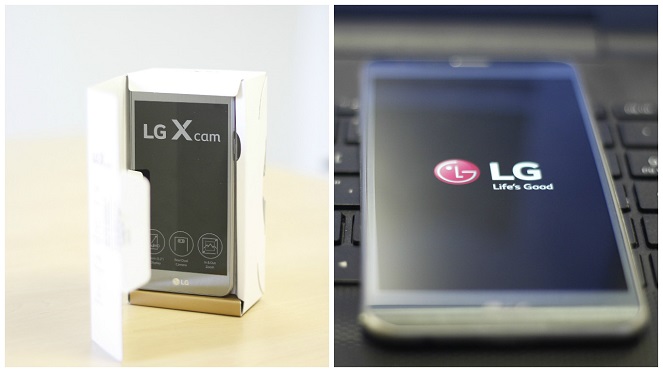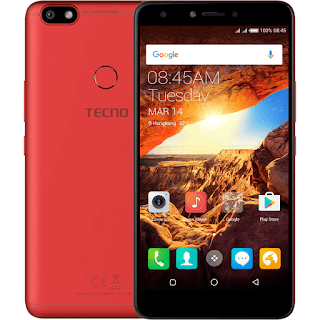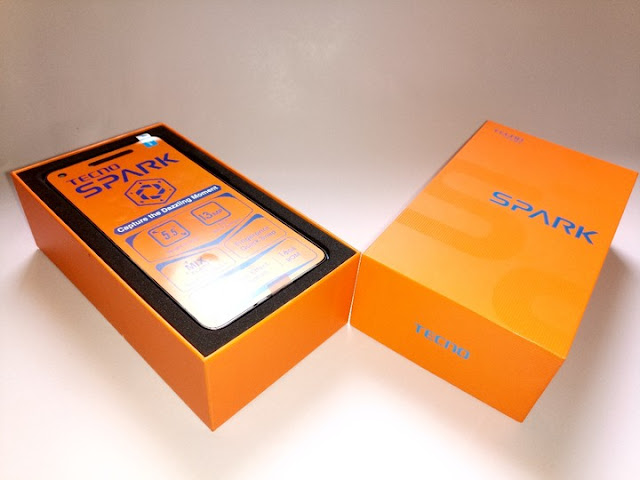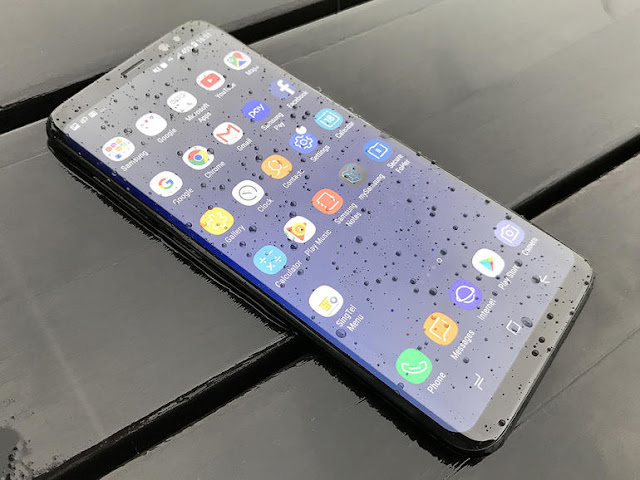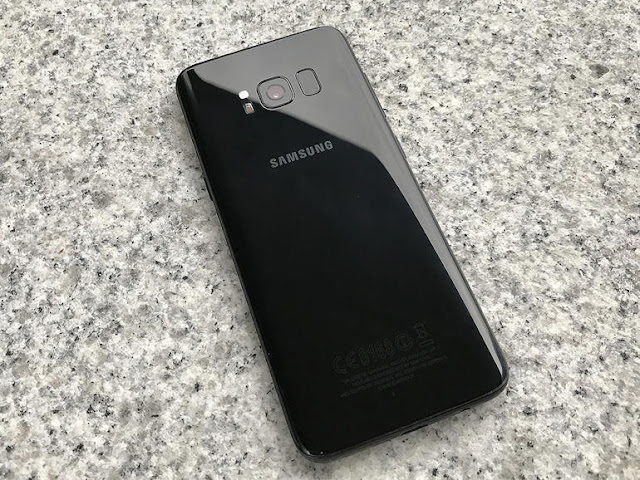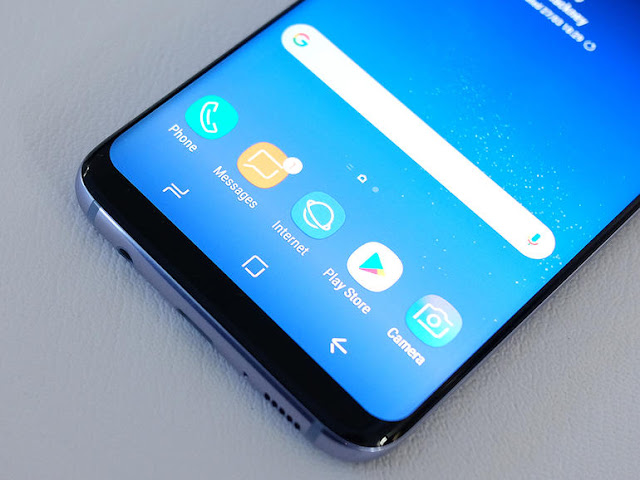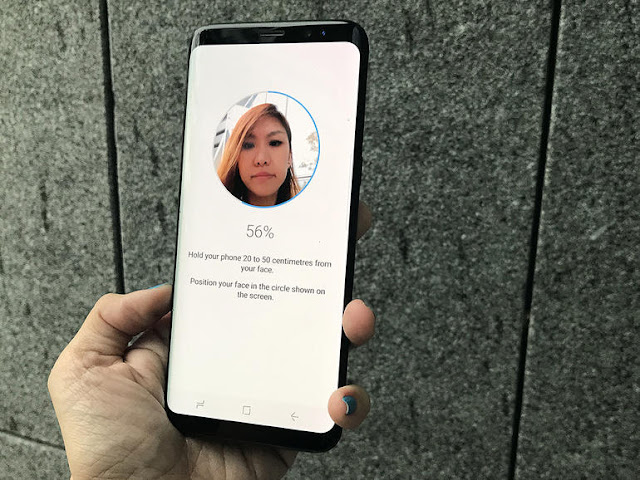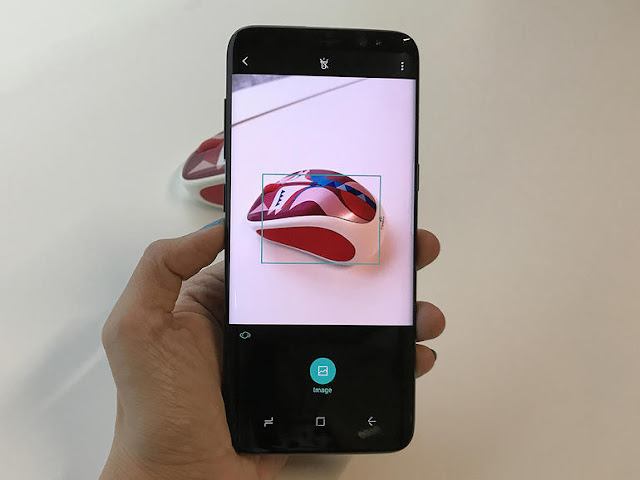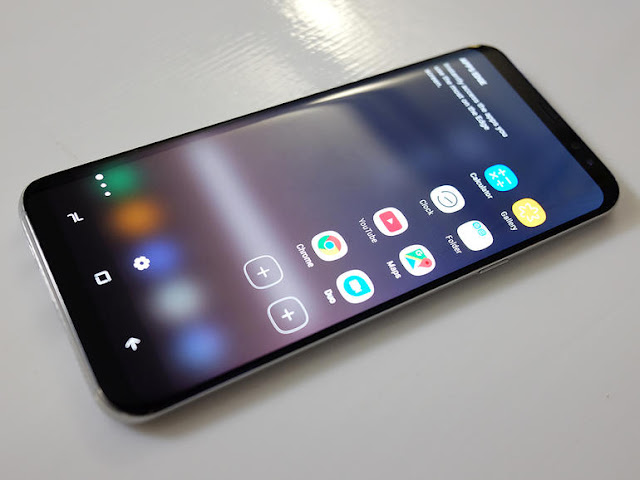In today’s world, the person who owns the prime TV is that guy who
has installed an OLED TV set in his living room (or bedroom). If you
know of such a guy, buy him (or her) a drink, as he is the guy who has
bought two prime plots in the heart of Nairobi and put them right inside
his bedroom – for entertainment purposes.
LG however knows that not
every human can afford to install two prime plots right inside their
living rooms, so they came up with a product that is reasonably
affordable and can somehow mimic the experience got from OLED television
– the LG Super UHD TV sets.
LG Super UHD TV sets (drop the uper in Super and you get LG SUHD TV.
Sounds familiar?) are LG’s top line nanotechnology television sets meant
to allow TV viewers experience the world of 4K, HDR10 and Dolby Vision
content at very affordable rates – and by affordable, at
Nairobi Smartphones, you can get them from
about Kshs 100,000/- to well over Kshs 1 million, depending on the size of
the LG Super UHD tv you want to buy.
The LG Super UHD TVs are strong in four main areas, the 4K
resolutions, HDR10 support, the Dolby Vision, and the presence of
LG’s Colour Prime technology that offers Sony Triluminos and Samsung’s
Active Crystal Color a run for their money. 4K resolution is basically
what gives LG Super UHD TVs their name tags, as UHD (Ultra High
Definition), is the industry’s cool way of referring to 4K.
HDR10 technology on the other hand is the industry standard that when
deployed on TV screens allow the screens to display HDR videos, where
HDR videos are those videos where one frame is a composite frame made of
three or so frames of different exposures then combined to form one HDR
frame. These frames thereafter make up the HDR video. Photographers
have been familiar with HDR pictures for years, but now the technology
is catching up with video content thanks to things like HDR10 standards.
Dolby Vision is an advanced form of HDR technology which allow the TV
screens like LG Super UHD TVs to portray HDR content as accurately as
possible. Think of HDR to be a set of static instructions (hardwired)
that tell the TV screens how do display HDR content, but this
instruction is global for the entire video, no matter the changes in
scenes. Dolby Vision on the other hand instructs the TV screen how best
to display a particular scene (e.g. indoor scene) and then how best to
display another scene (e.g. an outdoor scene), as instructed by the
content created using Dolby Vision technology.
Lastly on the hardware jargon, LG Super UHD TVs also has the superior
LG’s Colour Prime technology; which basically means the colour you’d
see through LG Super UHD Screens are as real, or better than, the
colours you’d see in real world. According to LG website, LG Colour
Prime takes colour depth to a whole new level, where the colour palettes
have been expanded to match what you would experience in today’s
digital cinemas. What that means is that the same level of rich colour
experience you’d enjoy at iMax is the same enjoyment you can obtain from
when you install LG SUper UHD TV.
Interesting to note as I wind up this short intro to LG Super UHD TVs
is that the described four technologies that set LG Super UHD TVs apart
are the very technologies you’d find in LG’s OLED TVs. The only
superiority therefore someone with an OLED TV will have is the OLED
screen, as the Super UHD TVs are still using the normal LCD screens with
LED backlighting otherwise known as LED screens.
Visit
Nairobi Smartphones today and secure your
prime plot right into your bedroom today!

